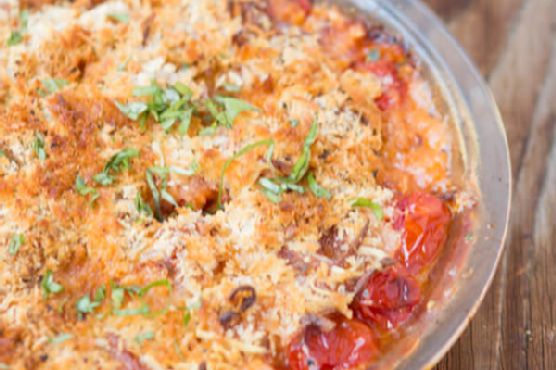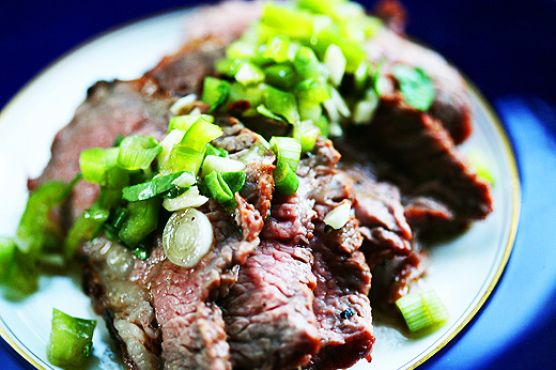5 Gardening Tips and Tomato Gratin
5 Gardening Tips and Tomato Gratin requires approximately 35 minutes from start to finish. One serving contains 173 calories, 11g of protein, and 9g of fat. For $1.78 per serving, this recipe covers 9% of your daily requirements of vitamins and minerals. This recipe serves 4. 100 people were impressed by this recipe. A mixture of paprika, garlic, grape tomatoes, and a handful of other ingredients are all it takes to make this recipe so delicious. Plenty of people really liked this side dish. It is brought to you by Oh Sweet Basil. Taking all factors into account, this recipe earns a spoonacular score of 63%, which is solid. If you like this recipe, you might also like recipes such as Tomato Gratin, Tomato Gratin, and Fennel & tomato gratin.
Servings: 4
Preparation duration: 5 minutes
Cooking duration: 30 minutes
Ingredients:
1 tablespoon basil, chopped
1 tablespoon garlic
2 cups grape tomatoes
1 cup mozzarella
2/3 cup panko bread crumbs
1/4 teaspoon McCormick Gourmet ground cayenne or McCormick Gourmet Smoked Paprika
1/3 cup parmesan cheese, grated
1 teaspoon dry parsley
Equipment:
oven
pie form
Cooking instruction summary:
Heat the oven to 400. In a pie dish, add the tomatoes, a drizzle of olive oil, and mozzarella. In a small dish, combine the parmesan, panko, cayenne, garlic and dry parsley. Top the tomatoes and drizzle a little olive oil over everything. Bake for 20-30 minutes or until golden.
Step by step:
1. Heat the oven to 40
2. In a pie dish, add the tomatoes, a drizzle of olive oil, and mozzarella. In a small dish, combine the parmesan, panko, cayenne, garlic and dry parsley. Top the tomatoes and drizzle a little olive oil over everything.
3. Bake for 20-30 minutes or until golden.
Nutrition Information:
covered percent of daily need















